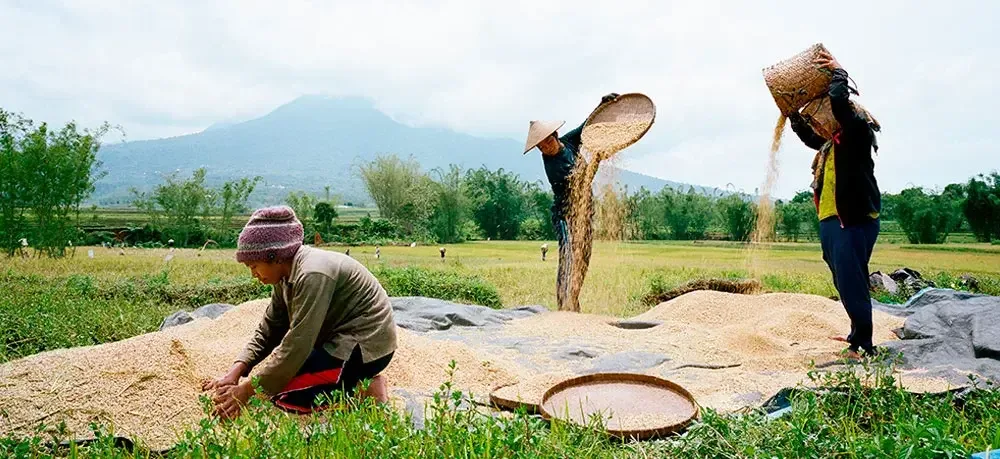

The majority of agri-food sector emissions are from on-farm activities and land-use change. As most companies in this sector do not directly own or manage land, these land-based emissions fall within the scope 3 emissions boundary and require value chain interventions. As a result, scope 3 interventions are a key mechanism for agri-food companies to achieve their climate goals through the implementation of GHG reduction or removal initiatives in company value chains.
The complex nature of agricultural value chains and land-based emissions accounting gives rise to specific considerations for corporates when implementing scope 3 programs.
The majority of emissions in agri-food value chains are from are from land-based activities: from on-farm and associated land use change. Emissions hotpots vary by value chain: there is variation in which activities contribute most, dependent on the crop, geography and farming practices.

Standards
Outcome needed:
Clear and usable guidelines for land-based emissions accounting.
Our priority:
Ensure carbon accounting standards and frameworks are robust, pragmatic and aligned with clear adoption pathways for business.
Monitoring, Reporting
& Verification (MRV)
Outcome needed:
Pragmatic accounting approaches for reductions and removals.
Our priority:
Sector-aligned data requirements and interoperable MRV systems to enable the adoption of standards and frameworks.
Financing
Outcome needed:
Producers are financially supported for farm-level practice change.
Our priority:
Drive consensus on financing models for collective value chain investment that prioritize equity of farmers in scope 3 interventions.